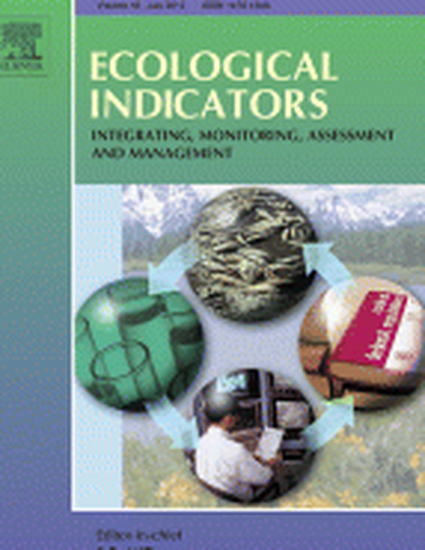
Article
Molted Feathers Indicate Low Mercury in Bald Eagles of the Chesapeake Bay, USA
Ecological Indicators
(2012)
Abstract
Mercury is a potent neurotoxin affecting birds and other wildlife worldwide. Bald eagles (Haliaeetus leucocephalus) are vulnerable to mercury bioaccumulation because they are high in the food web and associated with aquatic ecosystems prone to mercury methylation. Eagle populations, long endangered in the continental United States by contaminants and persecution, are recovering throughout their range. We used single adult eagle feathers collected near 83 occupied nests to show that mercury levels in the Chesapeake Bay eagle population are the lowest in North America (3.82 ± 5.15 μg/g dry weight). We then used 20 feathers from each of 20 salvaged eagles to calculate a confidence interval around the estimate based on single feathers from nesting eagles. Using an inexpensive and non-invasive method to assess mercury burdens we have demonstrated that few Chesapeake Bay bald eagles were above levels suspected of causing reproductive or survival effects in birds.
Disciplines
Publication Date
July, 2012
DOI
https://doi.org/10.1016/j.ecolind.2011.10.007
Citation Information
Daniel A. Cristol, Elizabeth K. Mojica, Claire W. Varian-Ramos and Bryan Watts. "Molted Feathers Indicate Low Mercury in Bald Eagles of the Chesapeake Bay, USA" Ecological Indicators Vol. 18 (2012) p. 20 - 24 Available at: http://works.bepress.com/bryan-watts/299/
